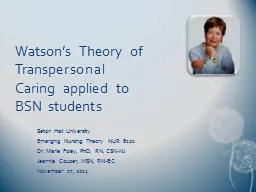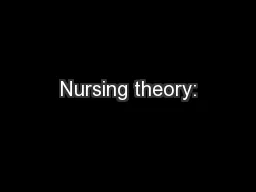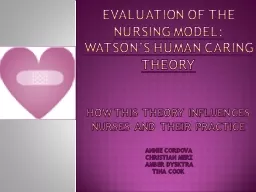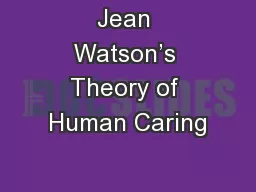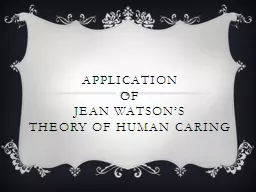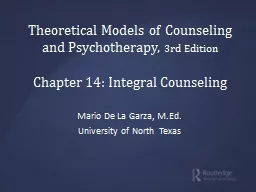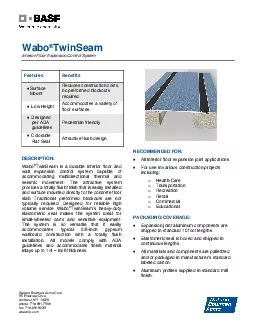PPT-Watson’s Theory of Transpersonal Caring applied to BSN students
Author : danika-pritchard | Published Date : 2018-11-05
Seton Hall University Emerging Nursing Theory NUR 8101 Dr Marie Foley PhD RN CSNNJ Jeannie Couper MSN RNBC November 17 2011 Theory of Transpersonal Caring
Presentation Embed Code
Download Presentation
Download Presentation The PPT/PDF document "Watson’s Theory of Transpersonal Carin..." is the property of its rightful owner. Permission is granted to download and print the materials on this website for personal, non-commercial use only, and to display it on your personal computer provided you do not modify the materials and that you retain all copyright notices contained in the materials. By downloading content from our website, you accept the terms of this agreement.
Watson’s Theory of Transpersonal Caring applied to BSN students: Transcript
Download Rules Of Document
"Watson’s Theory of Transpersonal Caring applied to BSN students"The content belongs to its owner. You may download and print it for personal use, without modification, and keep all copyright notices. By downloading, you agree to these terms.
Related Documents

